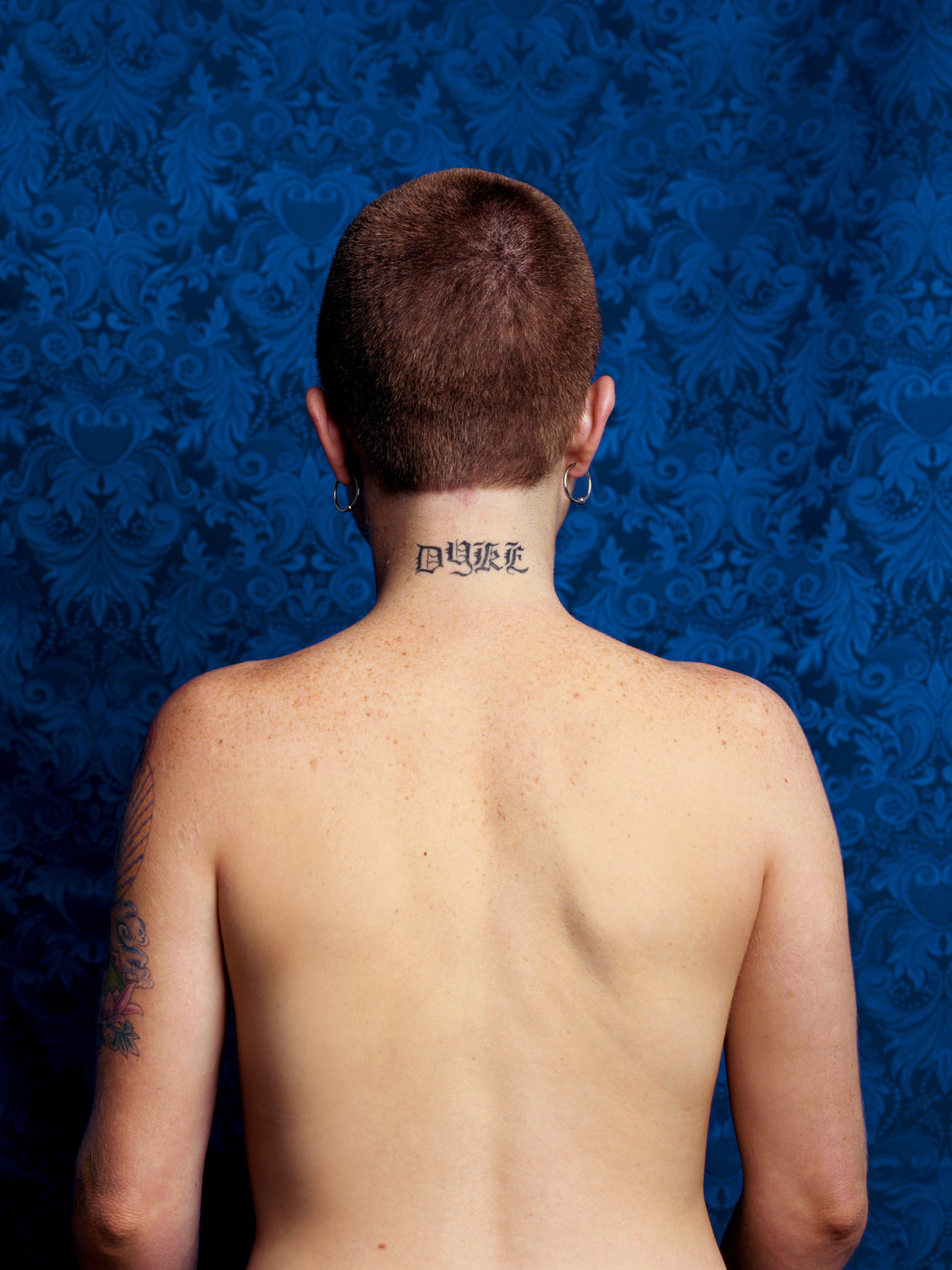Catherine Opie surveys her life’s work in her new monograph
Dyke, 1993 © courtesy the artist and Regen Projects, Los Angeles; Lehmann Maupin, New York/HongKong/Seoul/London; Thomas Dane Gallery, London and Naples; and PederLund, Oslo
Source:
Football Landscape #14 (Twentynine Palms vs. Big Bear, Twentynine Palms,CA), 2008 © courtesythe artist and Regen Projects, Los Angeles; Lehmann Maupin, NewYork/Hong Kong/Seoul/London; Thomas Dane Gallery, London and Naples;and Peder Lund, Oslo
Source:© 2022 - 1854 MEDIA LTD